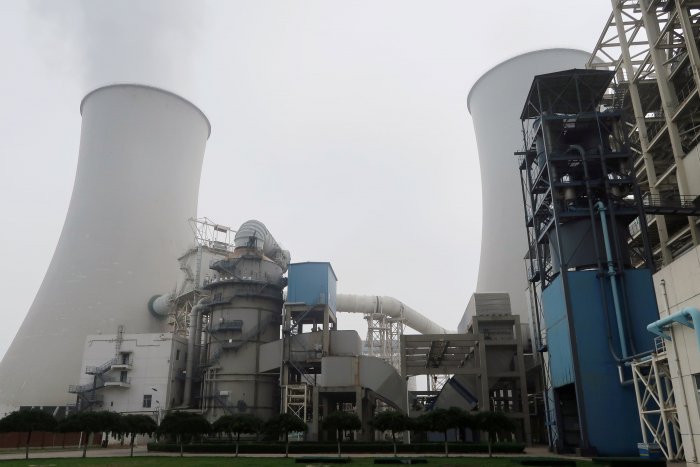Coal consumption
You can see in the chart above, the drop in China’s coal consumption.
Every year, the nation’s coal use reduces during the week-long holiday around the Lunar New Year, which occurred on 25 January this year. Coal-burning emissions then typically rise again once people return to work and factory activity increases.
However this year, coal use has yet to increase. In late January, the Chinese authorities extended the New Year’s holiday and put in restrictions on travel and public gatherings in an attempt to stop the coronavirus from spreading.
The effects have rippled through virtually all sectors of China’s economy.
Construction activity has slowed, which has meant reduced demand for steel and other materials. Oil refineries are producing less fuel than usual as trucks sit idle and the number of flights has dropped drastically. But economic disruptions on this scale, are usually accompanied by severe human costs and rarely make it easier to fight climate change; in some cases, they can make it harder.
One thing for sure, it is likely that China’s emissions will quickly restore to "usual" when the outbreak is finally contained.
So what does this tell us?
As we know, carbon dioxide is the main driver of global warming, and this reduction clearly shows that we can do something about it.
People in China have had to change their usual behaviour by staying at home and travelling less. This, combined with reduced business activity, has lowered carbon emissions for which China has the worlds highest level, producing c.905 million tons of carbon dioxide a year.
At Ditto Sustainability, we help support behaviour change through Rio Learn, our library of interactive, CPD accredited, online learning modules; and through bespoke learning development. Contact us to find out how a Ditto Learn subscription, or bespoke development can create behaviour change and help make your organisation a more sustainable one.
Information in this blog has been usefully sourced from the NY Times.


